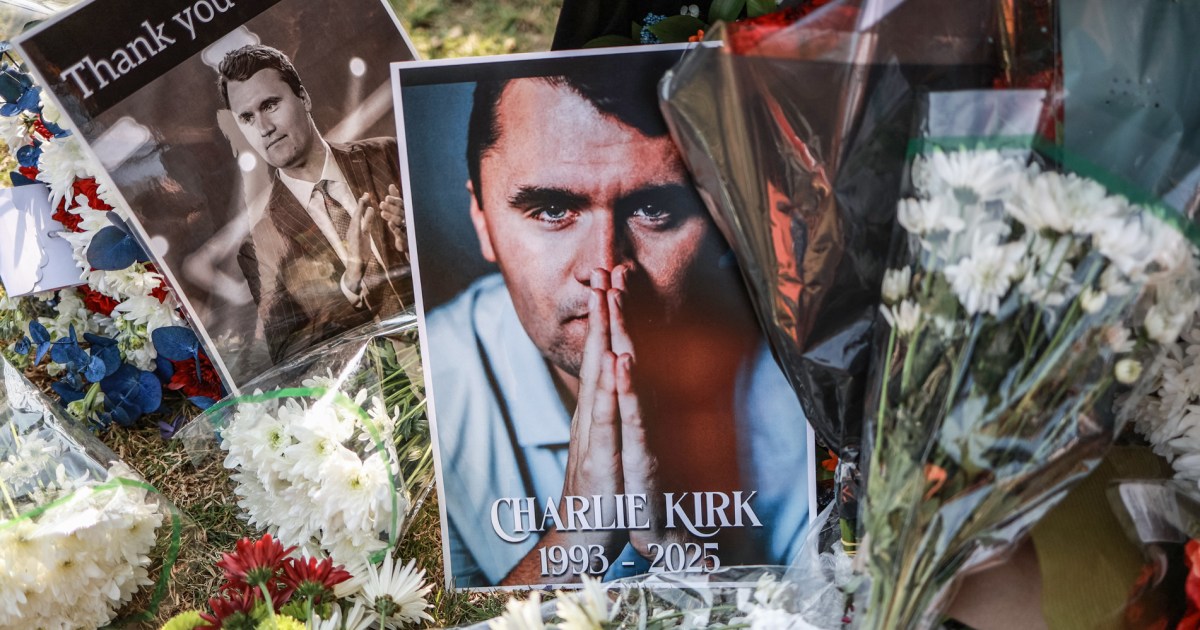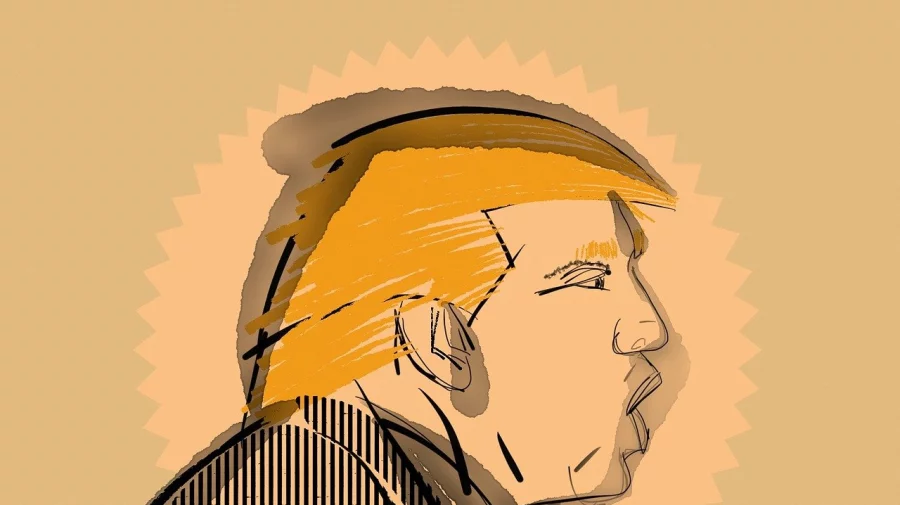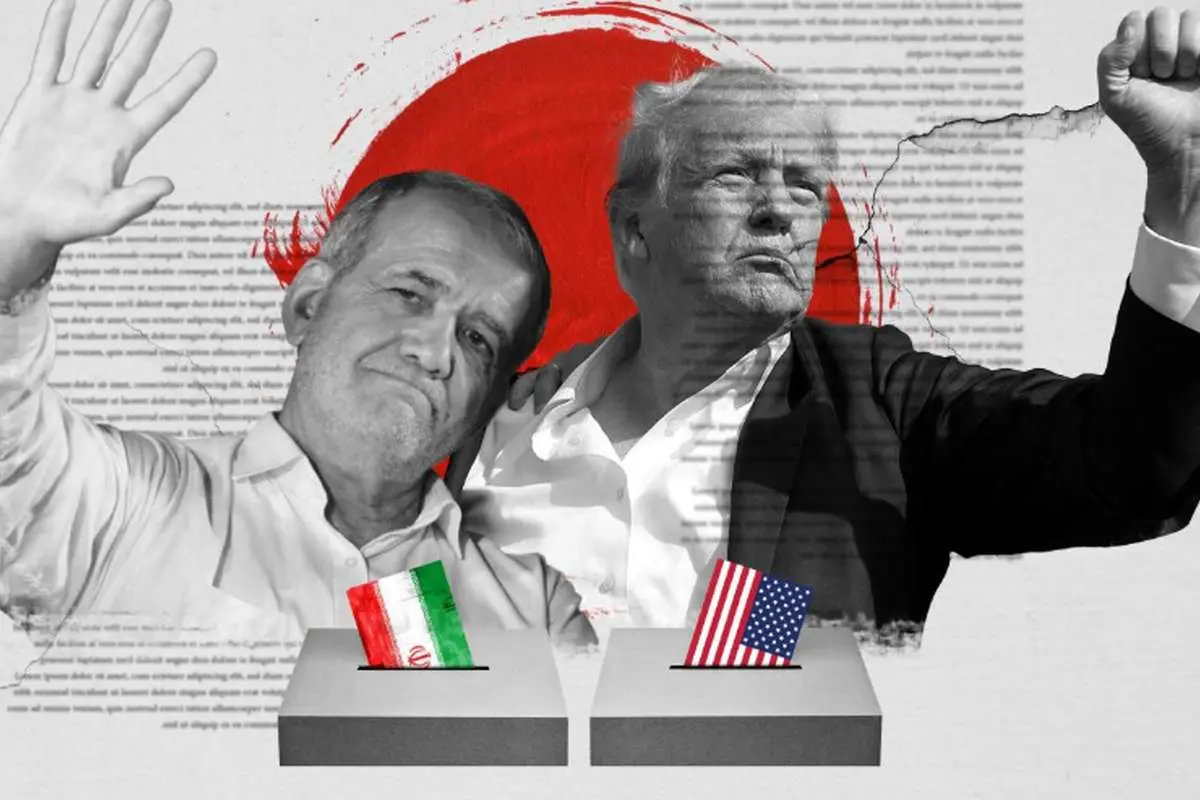
A New Political Correctness Takes Hold as the US Veers to the Right
“Political correctness” has been a slur favored by conservatives for attacking liberals since the mid-1980s. From gender equality, immigration control, and the separation of church and state to foreign policy and national security, liberals’ positions and advocacy on any policy or issue can be labelled and targeted as “politically correct,” leaving them open to criticism, mockery and contempt from conservatives. Donald Trump felt it when he first ran for president in 2015, musing, “I think the big problem this country has is with being politically correct.”
Every dog has its day, however, and 2025 has seen Trump return to the White House for a second term, with the deck stacked fully in his favor (both houses of Congress and the Supreme Court being Republican-controlled as well). It can be observed how, wielding executive power like a broadsword, he has led his Make America Great Again army to successively storm and occupy strongholds across American politics, society, education and culture, transforming conservative positions and principles (or the MAGA versions thereof) into America’s new “political correctness.” But at the height of Trump’s self-satisfaction and conceit, a tragic act of political violence has taken place, and conservatives, shocked and outraged, have nonetheless seized on it to purge — even to utterly crush — liberals (or the so-called “radical left”), making America’s “political correctness” a single, unopposed authority.
On Sept. 10, the eve of the 24th anniversary of the 9/11 terrorist attacks, Charlie Kirk, a leader of America’s conservative/far-right youth movement, was shot and killed during an outdoor speaking event at Utah Valley University in Utah. He was only 31 years old and leaves behind a wife and two young children. Kirk held no official position in the Trump administration, but his status was both unique and important: A staunch believer and fervent evangelist of MAGA ideology, he also shared a father-son relationship with Trump and was on brotherly terms with the latter’s designated successor, Vice President JD Vance. More importantly, Turning Point USA, founded by Kirk in 2012, has penetrated deep into high schools and college campuses, becoming the most successful grassroots organization for U.S. conservatives in modern times. In the 2024 election, it gave Trump a substantial boost among young voters (30 and under) and has not been shy about claiming credit for Trump’s return to the White House.
Fueled by streaming and social media, the shockwave of Kirk’s assassination has rippled through American society on a scale comparable to the assassinations of Dr. Martin Luther King Jr. and Robert F. Kennedy in 1968. Only this time, conservatives and liberals find their positions reversed, as conservatives have lost their golden boy and gained a martyr (Trump ordering flags to be flown at half-staff nationwide). From the outset, Trump has maintained that the killer had close ties to the “radical left” (which is not entirely inaccurate), and his followers are not only enraged but also eager for revenge, as evidenced by the surge in Google searches for “civil war.”
Elon Musk, a far-right convert, has tweeted to his 226 million followers on his X/Twitter account that “The Left is the party of murder,” and “If they won’t leave us in peace, then our choice is fight or die,” while far-right pundit Steve Bannon has even declared, “The left’s ideology hates America and hates the Judeo-Christian West. Time to put a blowtorch on it, kick down doors, and start arresting people.”
China’s Ming dynasty had a system for handling major cases of treason, known as gua man chao (“to punish the vine for its fruit”), according to which anyone with even the most tenuous connection to a conspirator would be implicated. Trump, presumably channeling the Ming, seems to have grasped this intuitively, as he decreed early on that the incident must be broadened to include as many political and civic organizations of the “radical left” as possible (in effect, the entire left and liberal spectrum), from members of Congress down to ordinary citizens. When asked in an interview about right-wing radicals resorting to violence, Trump lied through his teeth, saying, “The radicals on the right oftentimes are radical because they don’t want to see crime. The radicals on the left are the problem.”
And so, in the name of combating political violence and terrorism, MAGA has come out swinging. Singling out legendary liberal financier George Soros’ Open Society Foundations and the Ford Foundation for funding radical left-wing media outlets, Vance has threatened to send the tax authorities after their tax-exempt status to make an example of them and usher in a “chilling effect,” while White House Deputy Chief of Staff Stephen Miller has revealed that Trump instructed the Attorney General to investigate “left-leaning nonprofits that fund and promote violence.” Meanwhile, the honorable Republican ladies and gentlemen of Congress have introduced various bills to sanction organizations and individuals that glorify political violence or defame Kirk, effectively invalidating the First Amendment to the U.S. Constitution, which states that Congress shall not abridge the freedom of speech or of the press.
If the American right had a system similar to the Roman Catholic Church, Kirk would be a martyr — or even a saint — by now; yet at the same time, it is not hard to see why the American left is so deeply repulsed by the Christian nationalism, white supremacy, and male chauvinism he represented. In the wake of Kirk’s assassination, a group of devotees created the Charlie Kirk Data Foundation, a website dedicated to identifying those who still speak ill of him on social media platforms, and in just a few days, the website had amassed nearly 64,000 names. If Joseph McCarthy had broadband access in hell, he would probably marvel at how successive generations are living up to his promise.
When a country is faced with serious internal divisions or even with fragmentation, the primary duties of its leaders are to reassure the people and bring them together, to resolve and alleviate differences, and to rally disparate factions. But Trump has made his intransigence clear on multiple occasions: He is a divider, a provocateur, and an oppressor. He depends on the thunderous applause, rapturous gazes, and sycophantic flattery of the “MAGA faithful,” and he wants only to serve as president to half of America: the half that is aligned with the right; the half that aligns with him.
The author is a veteran media professional and a professional translator.


